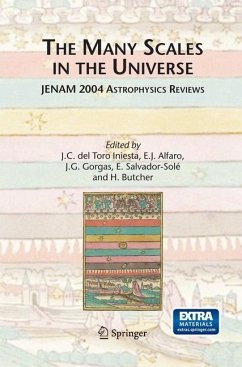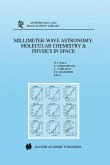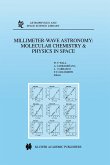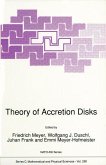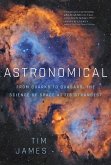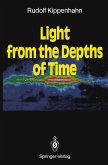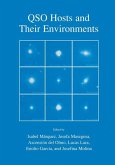This book gathers the invited conferences presented at the Thirteenth Joint European and National Astronomical Meeting (JENAM) organized by the - ropean Astronomical Society (EAS) and the Spanish Astronomical Society (Sociedad Española de Astronomía, SEA) and hosted by the Instituto de - trofísica de Andalucía (IAA - CSIC). The event, held from September 13 to 17, 2004 in Granada, was at the same time the Sixth Scienti c Meeting of the SEA. The proceedings of such national meetings are traditionally collected in a series of books generically entitled Highlights of Spanish Astrophysics, which will be momentarily interrupted in this occasion as the contributions of the Spanish astronomers to the meeting share the present publication with those of their colleagues from other European countries or, to be more exact, from countries all over the world. The meeting brought together, indeed, more than 450 participants from 30 different countries, making it one of the most successful JENAMs ever celebrated. This success was undoubtedly due to the fact that, as readily seen from the titles of the parallel sessions, the scienti c scope of this JENAM reached, for the st time, all elds of astronomy and astrophysics. In fact, there was still another parallel session opened to tea- ers and professionals of popularisation in astronomy whose proceedings are published elsewhere.
Bitte wählen Sie Ihr Anliegen aus.
Rechnungen
Retourenschein anfordern
Bestellstatus
Storno

